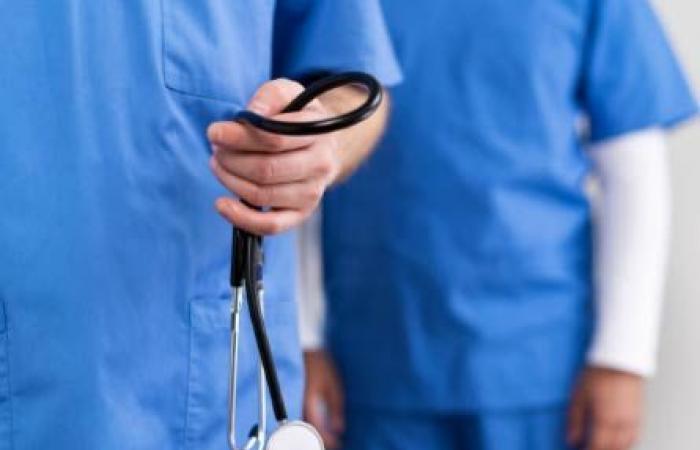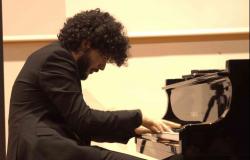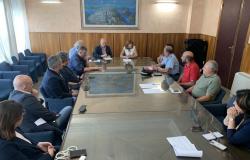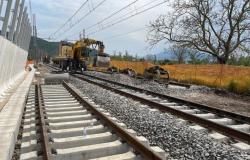Of GIOVANNI MACCARRONE – Booking a healthcare service within our country is quite simple. Once you have received the medical prescription from your GP, you can contact the Single Booking Center (Cup) by telephone and thus check the waiting list.
For specialist visits and diagnostic teststhe with the letter D (deferrable), the exams or specialist visits should be done between 30 and 60 days, while for those with the letter U (urgent) the exams or specialist visits should be done within 72 hours.
The fact is that frequently for these and other categories the waiting list far exceeds these times.
Therefore, in order to receive the service more quickly, the citizen often resorts to intramoenia services (or “intramural” regime): the freelance-professional activity that takes place within healthcare facilities, without having to pay the doctor as “private”, corresponding only to the ticket.
Other times, however, he prefers to use affiliated private structures that can offer the same service within the expected timescales or in any case of higher quality than that provided by public institutions (ASL, AO, etc.).
Other times, however, people prefer to go far from home for treatment, almost always from the South towards the North, in the hope of receiving the best treatment for their illness.
It is estimated that “health trips” affect around one million Italians in a year. In 2022, hospitalizations carried out outside the Region alone were almost 630 thousand (compared to 498 thousand in 2020, the year of the pandemic) as revealed by the data from the Health Statistics and Information Flows Office of Agenasthe National Agency for Regional Health Services.
Therefore, approximating the numbers, without wanting to make real estimates, we could easily say that healthcare costs for families are very high annually.
It is true that, in compliance with the dictates of Article 32 of the Constitution, the indigent must in any case be guaranteed free healthcare services, but it is also true, however, that, as stated above, citizens are constantly required to face huge expenses for health.
Families already finance the Italian healthcare system through taxes and, in particular, 36% from VAT and excise duties on petrol, 28% from IRAP and the additional IRPEF, 14% from direct payments (prices) , 3% from tickets and another 5% from supplementary insurance and mutual insurance premiums; the remaining 11% from other types of taxes.
Among other things, following the ongoing financial crisis it is very likely that families will be called upon to make a greater fiscal effort in the future to finance the NHS, both in the form of an increase in the Irpef surtax (forecast of up to 3% by the Legislative Decree . Legislative Decree 68/11 on fiscal federalism), and greater sharing of health spending (+2 billion euros, according to Law 111/11).
It should then be considered that, dGiven the consistency of tax evasion and avoidance that still remains in our tax system, the costs of healthcare are essentially borne by the world of work, which – as has just been noted – is what essentially provides the users of public healthcare
In short, it’s like the “dog chasing its tail”, which is an elegant way of saying that it is a vicious circle, a situation with no way out.
In this regard, it must be considered that qAlmost twenty million do not file a tax return. 48% do not pay even a single euro. Almost 90% of Irpef is paid by employees and pensioners. From 2024 the no tax area will rise to 13 thousand euros. It will be help for the real poor but a tax haven for the fake poor. Those who earn 50 thousand euros gross (just over two thousand euros net) are taxed, with a tax of 43% plus various municipal and regional surcharges, while the rich take the headquarters of their companies and their tax residence abroad. Only 35 thousand people declare more than 300,000 euros per year.
Therefore – according to the above – the National Health Service is currently supported by the financing of employees and pensioners, who, among other things, often receive an average gross annual salary of less than 11,000 euros (according to a study conducted by Economic Office of the Development Policies Area of the National CGIL, more than 5.7 million workers find themselves in this situation).
With this salary they have to pay above all taxes, electricity and gas, rent costs, condominium expenses, costs for maintaining a car, petrol costs (the price of petrol in Italy as throughout the world has undergone very strong increases in 2022 due to the war in Ukraine, even breaking the ceiling of 2 euros per litre), etc.
If we also add the costs of treatment to these expenses, we understand the real reason why someone frequently giving up treatment (the increase in health expenses affects all macro-areas of the country: in the Center and South there are increases of over 100 euros per family).
Unfortunately, this phenomenon is much more frequent in the Southern Regions, precisely those where the provision of Essential Levels of Assistance is inadequate: consequently, the insufficient public supply of health services associated with the lower spending capacity of families in the South negatively affects the state of health and life expectancy at birth, an indicator that sees all the Southern Regions below the national average.
An indicator which – as is usually commented in the press – is the result of the “Lea monitoring”; it is a series of indicators (mostly structural and process) aimed at capturing compliance with the Essential Levels of Assistance in the Italian Regions (monitoring is carried out by the so-called Lea Committee, permanent Committee for the provision of Lea, established at the Ministry of Health).
The indicator does not allow you to go back to twenty years ago but, from 2012 to 2019 (the pre-pandemic year), the “Lea score” has significantly improved in all the Ordinary Statute Regions, with the exception of Calabria (which had a decrease from 133 to 125), and in all the Special Statute Regions, with the exception of Sardinia (for which the data have been collected since 2017 and which saw a decrease from 140 to 111 in three years).
On the basis of this indicator it would therefore not be far-fetched to conclude that the quality of care has worsened, especially in the regions subject to a recovery plan and commissionership (the commissioner procedures concern four regions, including Calabria since July 2010).
Here because 55% of people who have received a specialist visit in recent years and 40% of those who have had access to rehabilitation treatment have completely covered the cost of the service at their own expense.
This is an unacceptable situation that can only be overcome with a new governance of healthcare companies, with greater assumption of economic responsibility by regional administrators and company directors and greater flexibility in the operational sphere.
Furthermore, greater controls on the managers of the local health authorities and local health authorities could in particular facilitate the implementation of the spending containment measures adopted at the top of the central and regional government.
Without forgetting, finally, that the Pnrr has intended for Health Mission 15.63 billionequal to 8.16% of the total amount, to support important reforms and investments for the benefit of the National Health Service, to be implemented by 2026.
Then “Everything else is boredom”, as Califano says.
Let’s hope so. (gm)






